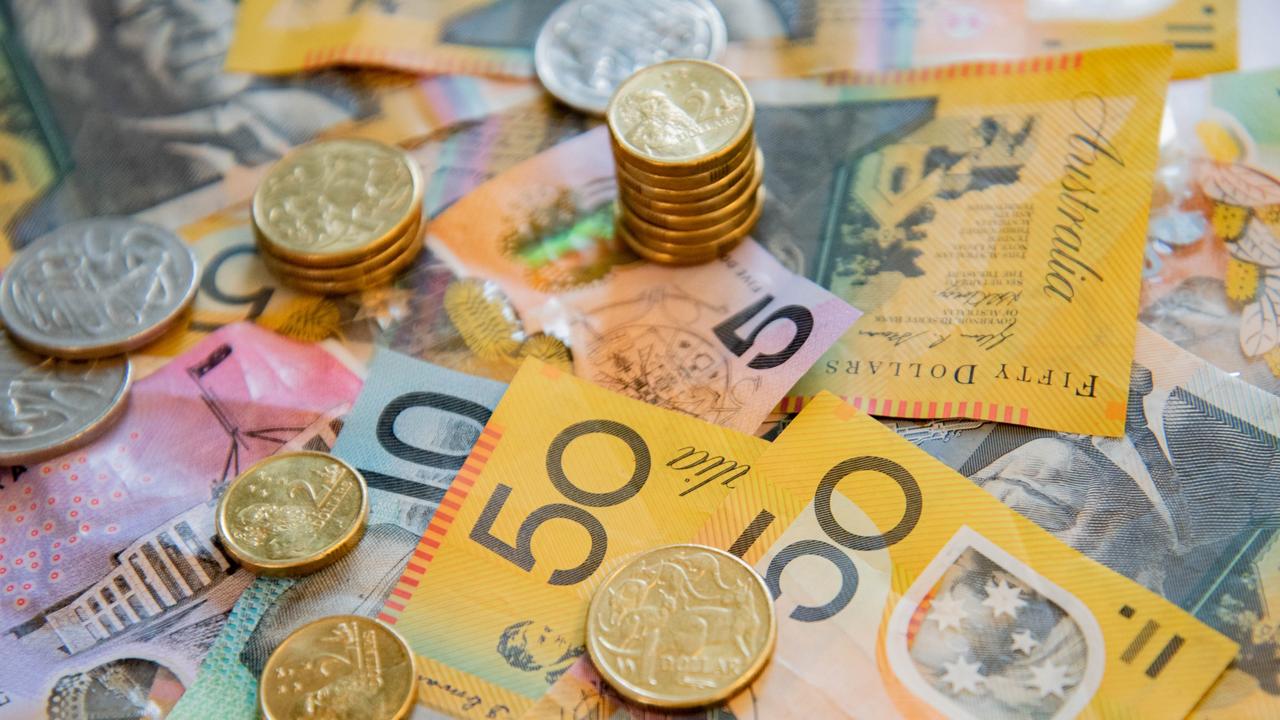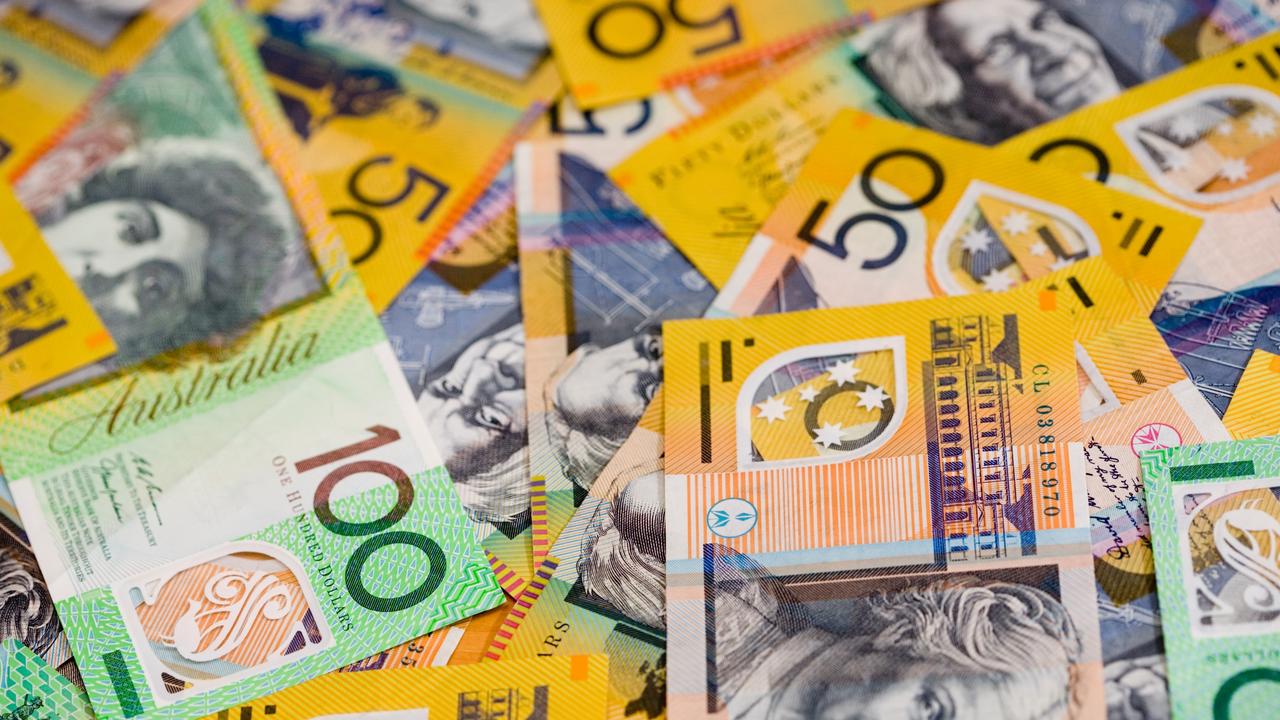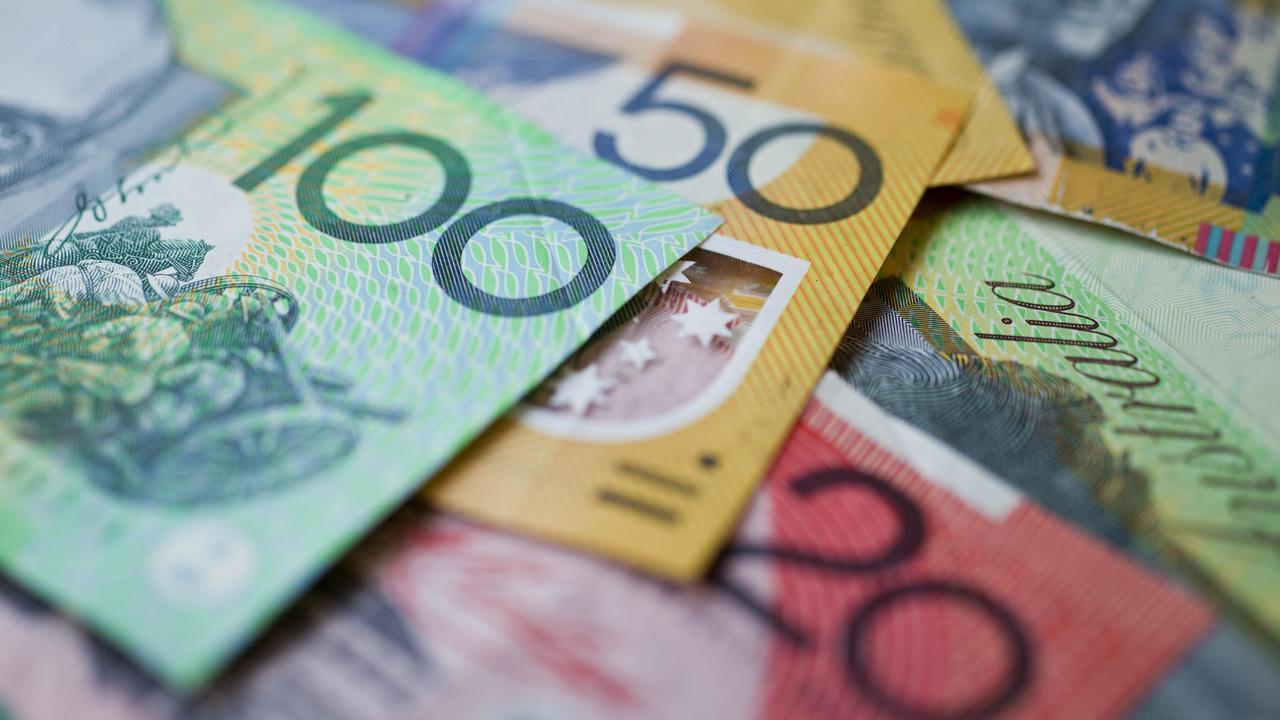How much superannuation Australians have and how much they need to retire
New research has revealed what the average Australian across different ages has saved up and whether they are headed for a comfortable retirement.

Only a quarter of Australian women currently have a superannuation account with over $100,000 compared to 44 per cent of men, alarming new research has found.
Yet, all Aussies should have at least $122,000 in their superannuation fund by the time they are aged 35-39 years old if they want a comfortable retirement.
In more disturbing findings, the research revealed almost a fifth of women currently have a superannuation balance of $10,000 or less as opposed to 13 per cent of men, a survey from finance business Savvy found.
Recently the financial watchdog revealed the worst performing super funds, while analysis found that Australians have missed out on a whopping $1.6 billion in the past year by failing to leave their dud superannuation fund.
Australian women in particular are missing out on $684 billion in superannuation contributions due to the staggering amount of time it will take to close the gender pay gap, a recent report has revealed.
The Savvy research showed that 45 per cent of women have a super balance of $50,000 or less, in contrast to 32 per cent of men.
There are 60 per cent of women who are also struggling to make additional super contributions, the research found, compared to just 55 per cent of men.

Men also boast bigger super balances, with 16 per cent having built up between $200,001 and $400,000 in their retirement pot, notably higher than the 9 per cent of women within the same bracket.
There are also 7 per cent of Australian men, who have a balance of between $400,001 and $700,000 compared to 4 per cent of women.
It’s no secret that women retire with considerably less money in their super funds compared to men.
There’s a 28 per cent gap between male and female super with woman retiring with a median superannuation balance of $146,900 compared to men who walk away with $204,107 aged 60 to 64 years, according to KPMG data.

Savvy’s money expert, Adrian Edlington said that current super balances and confidence among Australians are representative of wider social and economic issues in the country.
“Our survey highlighted that the clear issues relating to the difference in pay between men and women in Australia are being felt not only in terms of savings but also superannuation and setting up for the future,” he said.
“Nearly half of all adult women in Australia currently have $50,000 or less in their account, while the number of men who have $100,000 or more in their super is almost double that of women.
“This is a clear symptom of the gender pay gap, which currently sits at more than 14 per cent. Women in Australia earn $263.90 per week less than men, a disparity which can put acute pressure on them in times of aggressive inflation and interest rate rises.”

Average Australian’s super balance
There were 55 per cent of 18 to 24-year-olds with a balance of $10,000 in superannuation, which still sets them on track for a comfortable retirement.
However, from there things get dire for Aussies.
The Savvy research showed that 16 per cent of by 25 to 34-year-olds have just $10,000 in their super pot – when it should be at least $38,600 to $76,600.
Meanwhile, there are 13 per cent of 35 to 44-year-olds who have also only saved up $10,000 into their superannuation, when their balance should be between $122,000 and $174,200 if they want a comfortable retirement.
The research found that only 12 per cent of 25 to 34-year-olds have a balance above $100,000, in comparison to 39 per cent of 35 to 44-year-olds.
It also revealed that 12 per cent of Australians currently have no super at all, with those 65 and over and 55 to 64-year-olds making up the largest portion of this figure – largely due to the fact that superannuation did not become compulsory until 1992.

Only 15 per cent of Australians add an extra one to five per cent of their income into their super, while 8 per cent contribute six to 10 per cent.
There were 39 per cent of 25 to 34-year-olds that were worried they would not have enough money for retirement at 65 and 41 per cent of 35 to 44-year-olds.
While 35 per cent of men overall did not feel confident after the money they would have in retirement, this jumped to 44 per cent for women.

Mr Edlington said the current financial climate may also contribute to the general lack of confidence in super savings being enough for retirement.
“Over half of all Australians aged between 45 and 54 are now feeling that there may not be a sufficient amount in their account by the age of 65,” he said.
“Additionally, with our survey finding that 57 per cent of Australians make no voluntary contributions, it’s clear that more needs to be done to educate adults, particularly those between the ages of 18 and 44, to grow their super so they can more comfortably set themselves up for retirement.”






